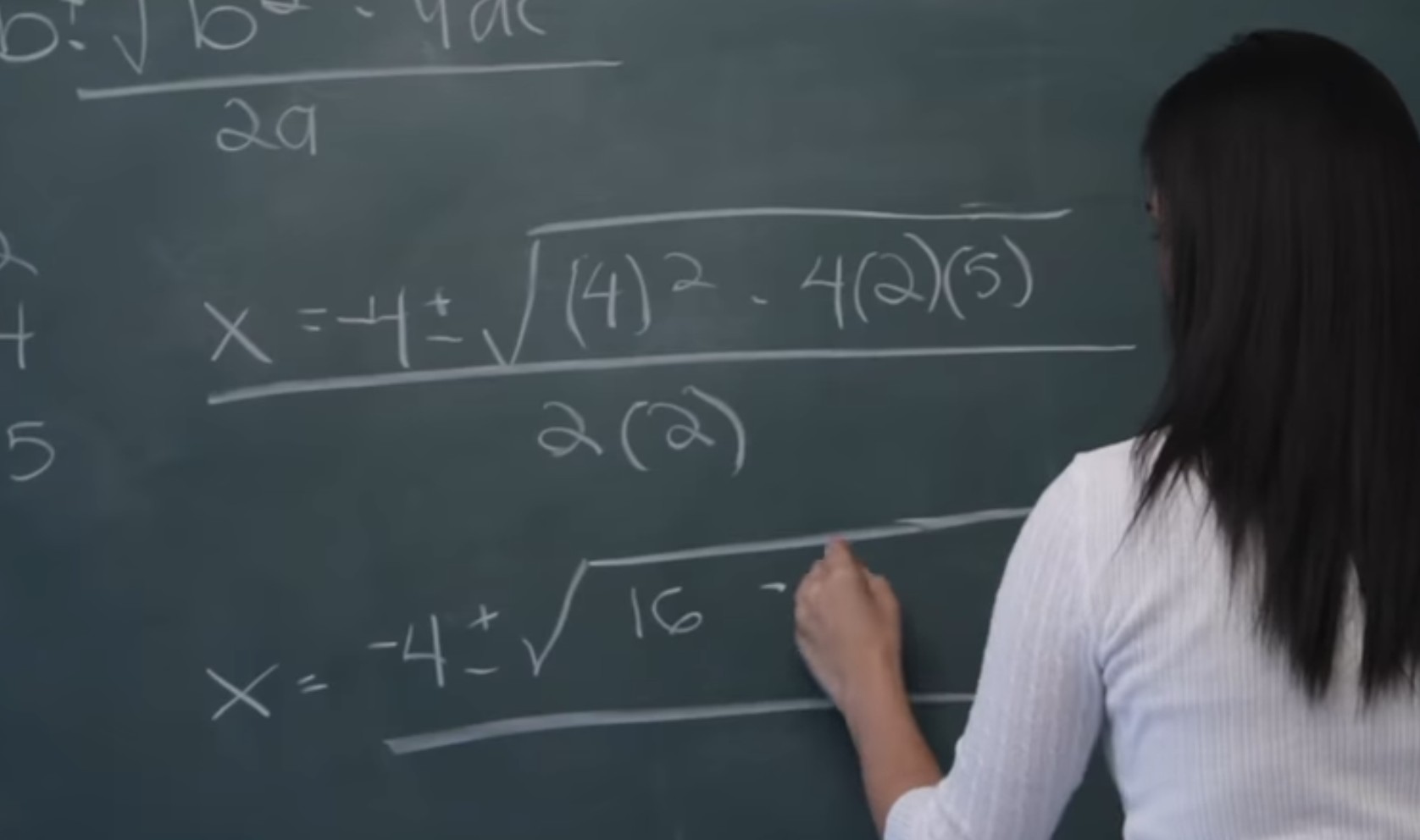
Photo :webshot.
December 7, 2021
Andrew Campbell
According to a new report published December 6 by the World Bank, UNESCO, and UNICEF, this generation of students now faces a loss of US$17 trillion in lifetime earnings in present value, or about 14 percent of today's global GDP, as a result of COVID-19 pandemic-related school closures. Meanwhile, the new projection shows that the impact will be far greater than previously thought, far exceeding the US$10 trillion estimates released in 2020.
Even before COVID-19 pandemic struck, the world was in the grip of a learning crisis. 258 million primary and secondary school-age children and youth who were not in school. Many school-aged children were learning very little: 53% of all ten-year-old children in low- and middle-income countries were experiencing learning poverty, which means they were unable to read and understand a simple age-appropriate text at the age of ten. The global disruption to education caused by the COVD-19 pandemic is unprecedented, according to the report "The State of the Global Education Crisis: A Path to Recovery," and the consequences for learning are severe. The COVID-19 crisis brought education systems all over the world to a halt, with school closures affecting over 1.6 billion students.
Finally, the report discusses how to build on the pandemic's investments and lessons learned in order to accelerate learning recovery and emerge from the coronavirus crisis with increased education quality, resilience, and equity in the long run. This report was created as part of the World Bank, UNESCO, and UNICEF's Mission: Recovering Education 2021, which focuses on three priorities: returning all children to school, recovering learning losses, and preparing and supporting teachers. As a result, countries have an opportunity to accelerate learning recovery and make schools more efficient, equitable, and resilient by building on investments made and lessons learned during the COVID-19 crisis.
